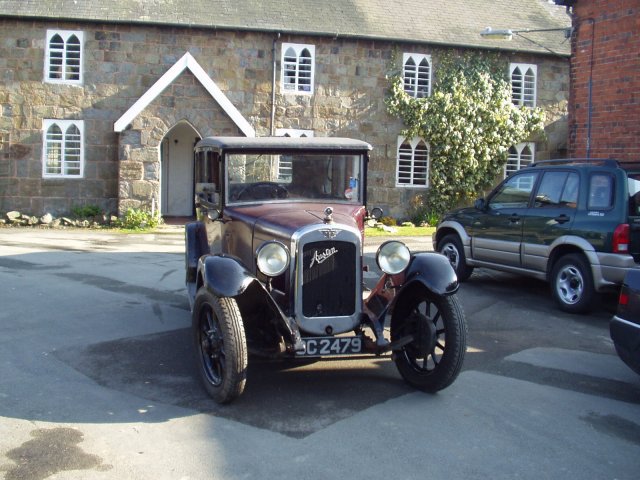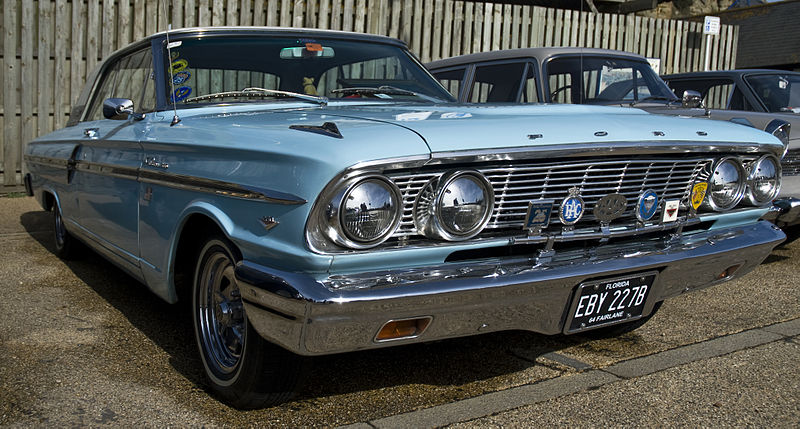How To Tell If A Car Is A Fixer-Upper Or Destined For The Scrap Heap
If you’re like many car enthusiasts, you probably have a car sitting in your garage right now that you’re considering having restored. But how do you know if the vehicle is a fixer-upper or something destined for the scrap heap? It can sometimes be hard to tell.
In this article, we’re going to take a look at all the things that are real deal-breakers that make it all but impossible to cost-effectively restore a car.
Let’s take a look.
It’s A Rare Vehicle

You can get parts for most cars going back fifty years. But if the vehicle you want to restore is rare, then you may struggle. Restoring a rare car is much more difficult because it is harder to find scrap versions from which to derive parts. Often your only choice is to have them made by a custom parts supplier, pushing the cost up enormously. Most of the time, it’s not worth the expense, putting your project on hold.
The Frame Has Corroded All The Way Through
If you’re a car enthusiast, you probably already know that the chassis of most cars is designed around a rigid, high strength frame. The purpose of the frame is to provide a scaffold from which you can drape all of the exterior bodywork and internal components. The frame, therefore, is the heart and soul of every vehicle – from a structural point of view.
The problem with some old cars, though, is that water has penetrated the interior and caused the frame to corrode all the way through. When this happens, there’s no prospect of restoring the car, without taking the whole thing apart into individual components and replacing the frame with custom-forged metal. Driving with a corroded frame is highly unsafe.
It Uses Non-Standard Components
Whacking some budget tyres on a standard wheel makes restoring the majority of cars easy. But if your car has special wheels or requires unique tyres, then it might be time to call it a day and send it to the scrap heap. While most tyre dealers will supply tyres of standard sizes and shapes, they won’t be able to cater to old sports cars whose wheels are only compatible with a single run of tyres made back in the 1970s.
The Skirting Is Corroded
The skirting is the part of the chassis most prone to damage by water corrosion. Spray from the road splashes up, mixes with salt, and creates a potent formula that corrodes the metal it touches. If left untreated, the corrosion can work its way through the panel, preventing any possibility of repair. Often your only choice is to remove the panel (usually near the wheel arch) and install a new one with a welding torch. And that, unfortunately, is very expensive.
The Engine Is Shot

The final reason for sending a car to the scrap heap is if the engine is shot. If it doesn’t start, then fine: it can probably still be rescued. But if the engine compartment is rusted through or has been damaged in a collision, then the car is likely a write-off.
